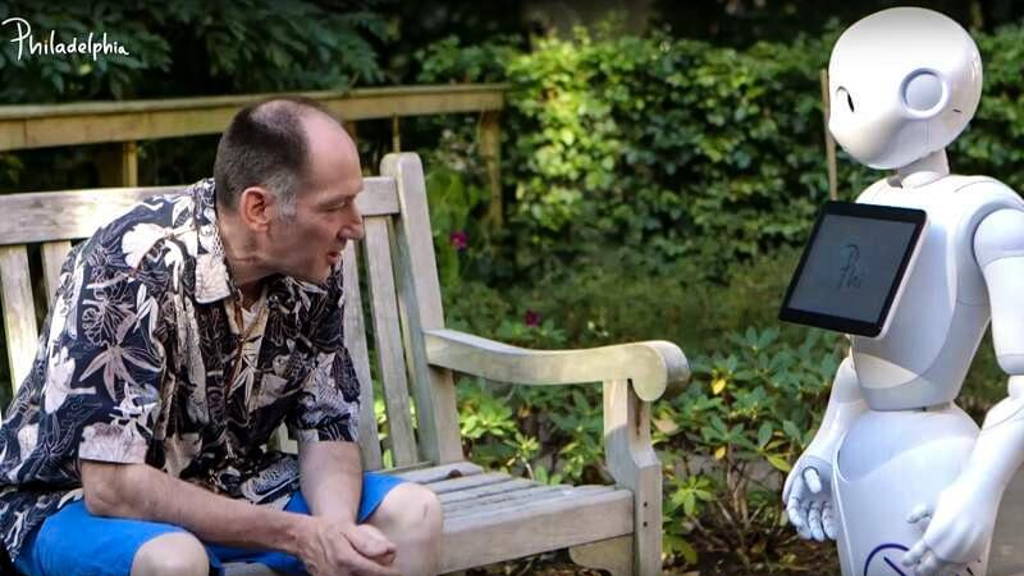"The market for robotics continues to experience tremendous growth," states John Santagate, research manager, Supply Chain at IDC Manufacturing Insights. "This growth is really fueled by a combination of technology improvements, expanded use cases, and acceptance in the market. Innovators in the field of robotics are delivering robots that can be used to perform a broader range of tasks, which is helping to drive the adoption of robotics into a wider base of industries."
More than half of all robotics spending comes from the manufacturing with Discrete Manufacturing delivering 31% and Process Manufacturing providing 28% of the worldwide total in 2016. This situation will remain relatively unchanged throughout the forecast with the two industries investing nearly $110 million in robotics in 2020.
On a geographic basis, the Asia/Pacific region, including Japan, will account for more than two thirds of total robotics spending throughout the forecast. Europe, the Middle East, and Africa (EMEA) is the second largest region with expenditures of $14.7 billion in 2016, followed by the Americas with a 2016 spending total of $12.9 billion. Robotics spending will more than double in Asia/Pacific over the 2015-2020 forecast period, making it the fastest growing region followed by the Americas, which will edge ahead of EMEA in total spending by 2018.
For example, the Amazon Echo digital assistant Alexa, is one of the first social robots for consumers. Jibo, supposed to hit the market this year, is a connected robotic personal assistant, kind of like a cross between the echo, a robotic toy, and your computer. Then there is SARA: the Socially-Aware Robot Assistant developed by Carnegie Mellon University’s Dr. Justine Cassell. It interacts with people in a whole new way, personalizing the interaction and improving task performance by relying on information about the relationship between the human user and virtual assistant.
Prof Robert MacLaren from University of Oxford, led the procedure. He underlined that operating at the back of the eye needs great precision. The challenge has been to get a robot system to do that through a tiny hole in the wall of the eye without causing damage as it moves around. The Preceyes surgical robot used in the procedure was developed by the Dutch company Preceyes, a spin-out of Eindhoven University of Technology.
More than half of all robotics spending comes from the manufacturing with Discrete Manufacturing delivering 31% and Process Manufacturing providing 28% of the worldwide total in 2016. This situation will remain relatively unchanged throughout the forecast with the two industries investing nearly $110 million in robotics in 2020.
Healthcare in top 5
After manufacturing, the three industries with the largest robotics spending in 2016 were Resource Industries ($8.0 billion), Consumer ($6.5 billion), and Healthcare ($4.5 billion). These industries will maintain their relative positions throughout the forecast, although Consumer spending will significantly narrow the gap with Resource Industries by 2020. Cross Industry robotics spending, which represents use cases common to all industries, such as warehouse pick and pack, will also rank among the top segments throughout the five-year forecast. The industries that will experience the fastest growth over the 2015-2020 forecast period are Consumer, Healthcare, and Retail.Industry transformation
"Robotics is now an integral part of industry transformation, which has brought about significant improvement in operational agility and efficiency in both developed and emerging markets," said Dr. Jing Bing Zhang, research director, Robotics at IDC Manufacturing Insights. "We are seeing faster growth of robotics adoption in general industry roles, and some of the leading suppliers we tracked have enjoyed compound annual growth rates of more than double that for automotive industry for the past few years."On a geographic basis, the Asia/Pacific region, including Japan, will account for more than two thirds of total robotics spending throughout the forecast. Europe, the Middle East, and Africa (EMEA) is the second largest region with expenditures of $14.7 billion in 2016, followed by the Americas with a 2016 spending total of $12.9 billion. Robotics spending will more than double in Asia/Pacific over the 2015-2020 forecast period, making it the fastest growing region followed by the Americas, which will edge ahead of EMEA in total spending by 2018.
Robotics in 4th Industrial revolution
Corinna Lathan, Founder and Chief Executive Officer of AnthroTronix, wrote about robotics as part of the fourth industrial revolution, impacting healthcare in the coming years. Social robots use artificial intelligence to understand people and respond appropriately. Advances in natural language processing and social awareness algorithms have already begun to make social robots dramatically more useful to consumers as companions or personal assistants.For example, the Amazon Echo digital assistant Alexa, is one of the first social robots for consumers. Jibo, supposed to hit the market this year, is a connected robotic personal assistant, kind of like a cross between the echo, a robotic toy, and your computer. Then there is SARA: the Socially-Aware Robot Assistant developed by Carnegie Mellon University’s Dr. Justine Cassell. It interacts with people in a whole new way, personalizing the interaction and improving task performance by relying on information about the relationship between the human user and virtual assistant.
Robotics in surgery
Next to social robots, robotics find applications in surgery. For example, last September, surgeons used a robot to operate inside the eye and restore sight. A team at Oxford's John Radcliffe Hospital used the device, controlled by joystick, to remove a membrane one hundredth of a millimetre thick. Surgeons say they hope the procedure will pave the way for more complex eye surgery than is currently possible with the human hand.Prof Robert MacLaren from University of Oxford, led the procedure. He underlined that operating at the back of the eye needs great precision. The challenge has been to get a robot system to do that through a tiny hole in the wall of the eye without causing damage as it moves around. The Preceyes surgical robot used in the procedure was developed by the Dutch company Preceyes, a spin-out of Eindhoven University of Technology.








